Ymir – Primordial Norse Giant Whose Body Parts Formed The World
A. Sutherland - AncientPages.com - The Norse creation myth in the Poetic Edda tells how the gods were born and how the earth was created.
It is said that there was nothing, only an empty void without any existence at the beginning. It was the Ginnungagap.
Ymir, was the primeval giant and the first living creature that appeared before the earth had been created. He emerged from melting ice in the gulf of Ginnungagap, located between Niflheimr, the land of ice and shadows in the north, and Muspellsheimr, the realm of fire in the south.
Ymir represents a significant figure in the Norse cosmogony.
Emergence Of The First Norse Giants
According to “Vafthrudnismal”, which is part of the Poetic Edda, Ymir was the ancestor of the frost giants, who also call him Aurgelmir. He gave rise to the race of giants. While he slept, he began to perspire, and a man and woman were born from his left armpit, and one of his feet created a giant son. Ymir fed on the milk of the cow Audhumla (Auðumla), who was also born from the melting ice.
To nourish herself, the cow licked the ice, and after three days of licking, she caused the emergence of a strong and very handsome man named Buri.
This is a preview of our premium article available only to members of Ancient Pages.
Become a member to read more - Click here
If you are already a member and have logged in to your account, you can access the article here
See also:
The Wild Hunt And The Danger Of Seeing The Phantom Army Of Odin
Hamingja – Norse Guardian Spirit Bringing Good Luck From Generation To Generation
Fylgja – Norse Guardian Spirit Was Deeply Respected
Explore - Ancient Pages Library of Ancient and Unexplained Mysteries
More From Ancient Pages
-
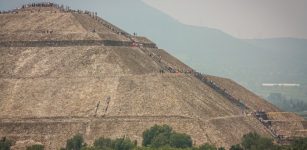 Urban Resiliency Lie Within Ancient Cities – New Study Suggests
Archaeology | Jul 25, 2023
Urban Resiliency Lie Within Ancient Cities – New Study Suggests
Archaeology | Jul 25, 2023 -
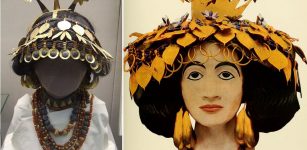 Mysterious Sumerian Queen Puabi And Her Magnificent Underground Burial Complex – Many Followed Her To Afterlife
Featured Stories | Oct 20, 2016
Mysterious Sumerian Queen Puabi And Her Magnificent Underground Burial Complex – Many Followed Her To Afterlife
Featured Stories | Oct 20, 2016 -
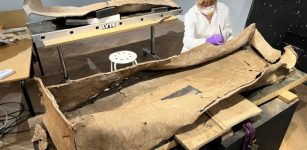 Ancient Roman Coffin Found In Leeds Revealed To The Public For The First Time
Archaeology | Apr 22, 2024
Ancient Roman Coffin Found In Leeds Revealed To The Public For The First Time
Archaeology | Apr 22, 2024 -
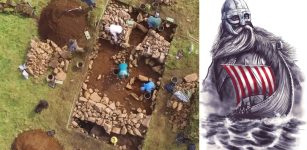 Possible Viking Boat Burials Discovered On The Isle Of Mull
Archaeology | Sep 12, 2022
Possible Viking Boat Burials Discovered On The Isle Of Mull
Archaeology | Sep 12, 2022 -
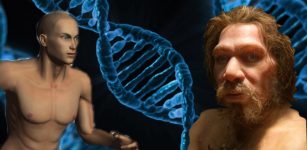 Interbreeding With Modern Humans Wiped Out Neanderthals’ Y Chromosomes 100,000 Years Ago
Archaeology | Sep 28, 2020
Interbreeding With Modern Humans Wiped Out Neanderthals’ Y Chromosomes 100,000 Years Ago
Archaeology | Sep 28, 2020 -
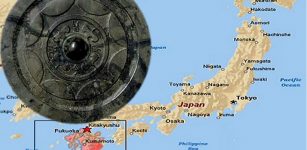 Remarkably Well-Preserved 1,900-Year-Old Chinese Bronze Mirror Unearthed In Japan
Archaeology | Dec 29, 2017
Remarkably Well-Preserved 1,900-Year-Old Chinese Bronze Mirror Unearthed In Japan
Archaeology | Dec 29, 2017 -
 Mysterious Ancient Human Skeletons Found In Florida Lake Puzzle Archaeologists – Unknown Lost Settlement?
Featured Stories | May 21, 2024
Mysterious Ancient Human Skeletons Found In Florida Lake Puzzle Archaeologists – Unknown Lost Settlement?
Featured Stories | May 21, 2024 -
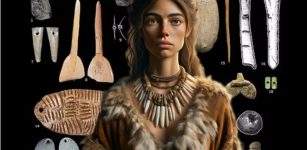 Stone Age Europe Had Nine Distinct Cultures – Ancient Jewelry Reveals
Archaeology | Feb 3, 2024
Stone Age Europe Had Nine Distinct Cultures – Ancient Jewelry Reveals
Archaeology | Feb 3, 2024 -
 Lake Huron Was Home To A 9,000-Year-Old Civilization – Underwater Structures And Artifacts Reveal
Archaeology | Jun 17, 2021
Lake Huron Was Home To A 9,000-Year-Old Civilization – Underwater Structures And Artifacts Reveal
Archaeology | Jun 17, 2021 -
 Deadly Ancient Secrets Of Queen Hatshepsut’s Flacon
Artifacts | Mar 18, 2017
Deadly Ancient Secrets Of Queen Hatshepsut’s Flacon
Artifacts | Mar 18, 2017 -
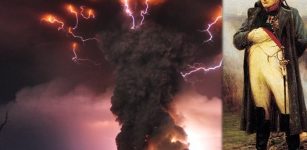 Was Napoleon Bonaparte Defeated At Waterloo Because Of Volcanic Eruption?
Archaeology | Aug 22, 2018
Was Napoleon Bonaparte Defeated At Waterloo Because Of Volcanic Eruption?
Archaeology | Aug 22, 2018 -
 Shattering The Myth Of Men As Hunters And Women As Gatherers
Archaeology | Jun 29, 2023
Shattering The Myth Of Men As Hunters And Women As Gatherers
Archaeology | Jun 29, 2023 -
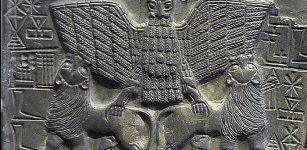 Urukagina: Ruler Of Sumerian City Of Lagash And His Reforms To Combat Corruption
Civilizations | May 18, 2017
Urukagina: Ruler Of Sumerian City Of Lagash And His Reforms To Combat Corruption
Civilizations | May 18, 2017 -
 Underground Civilizations – True Rulers Of Earth – Part 1
Ancient Mysteries | May 7, 2019
Underground Civilizations – True Rulers Of Earth – Part 1
Ancient Mysteries | May 7, 2019 -
 Breakthrough – First Glimpse Into A 2,000-Year-Old Charred Herculaneum Scroll
Linguistic Discoveries | Feb 7, 2025
Breakthrough – First Glimpse Into A 2,000-Year-Old Charred Herculaneum Scroll
Linguistic Discoveries | Feb 7, 2025 -
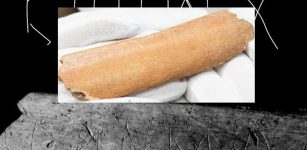 Oldest Writing System Among Slavs To Be Germanic Runes – New Study
News | Feb 15, 2021
Oldest Writing System Among Slavs To Be Germanic Runes – New Study
News | Feb 15, 2021 -
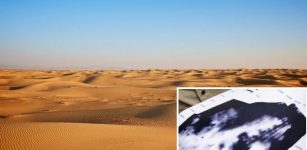 Discovered – Large Mysterious Structure Hidden Under The Sand In The Sahara Desert – A New Pyramid Or Something Else?
Archaeology | Nov 13, 2019
Discovered – Large Mysterious Structure Hidden Under The Sand In The Sahara Desert – A New Pyramid Or Something Else?
Archaeology | Nov 13, 2019 -
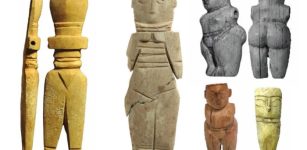 Ancient Wooden ‘Coptic Dolls’ May Have Been The Ancestors Of Today’s Barbie Dolls
Archaeology | Sep 23, 2023
Ancient Wooden ‘Coptic Dolls’ May Have Been The Ancestors Of Today’s Barbie Dolls
Archaeology | Sep 23, 2023 -
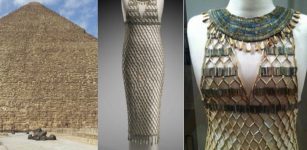 Amazing 4,500-Year-Old Egyptian Bead-Net Dress Found In Giza Tomb Restored
Featured Stories | Jun 27, 2023
Amazing 4,500-Year-Old Egyptian Bead-Net Dress Found In Giza Tomb Restored
Featured Stories | Jun 27, 2023 -
 Why Were These People Buried In A Remote, Unmarked Grave In New Hampshire In The Mid-1800s?
Archaeology | Nov 4, 2024
Why Were These People Buried In A Remote, Unmarked Grave In New Hampshire In The Mid-1800s?
Archaeology | Nov 4, 2024



